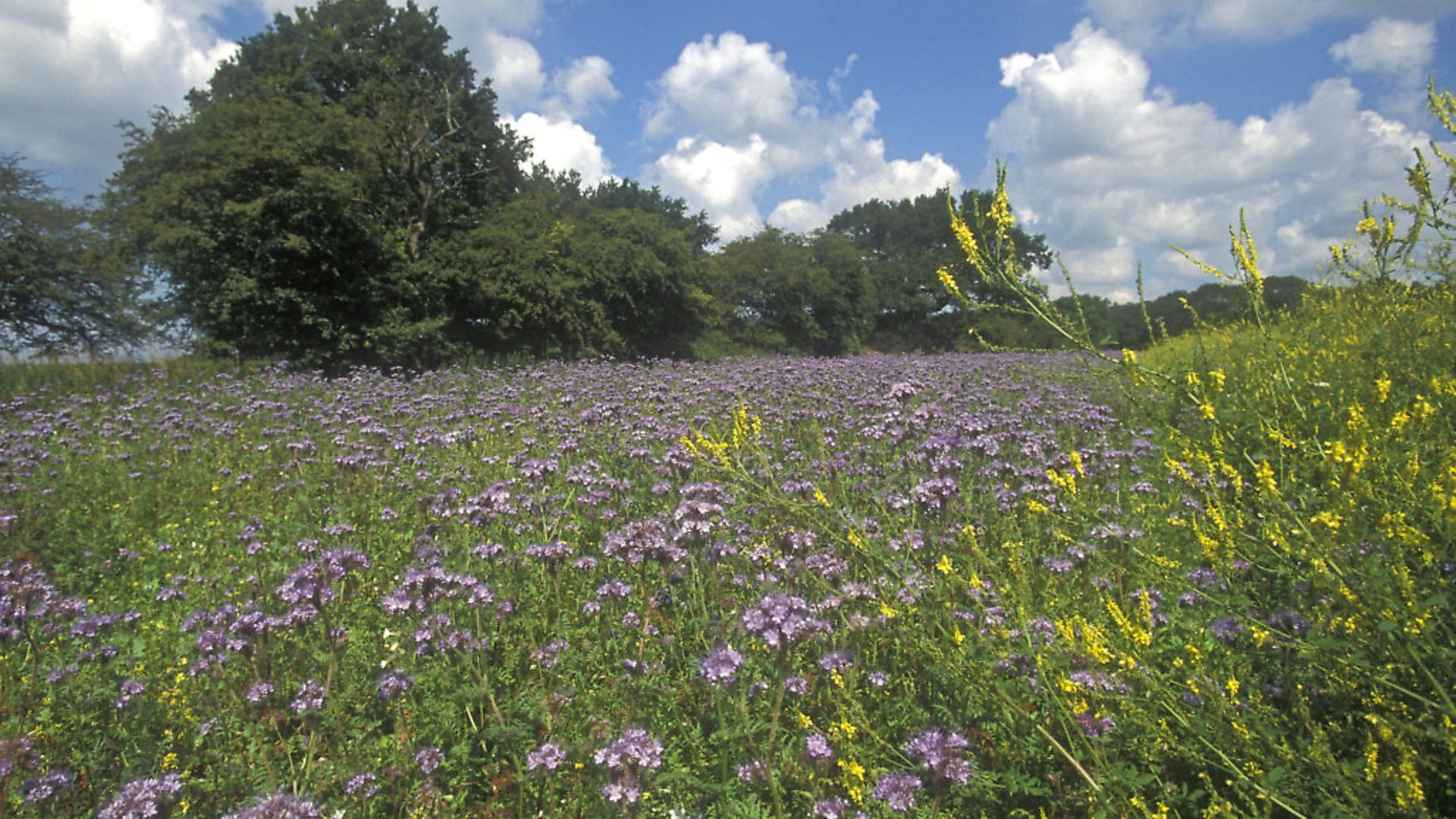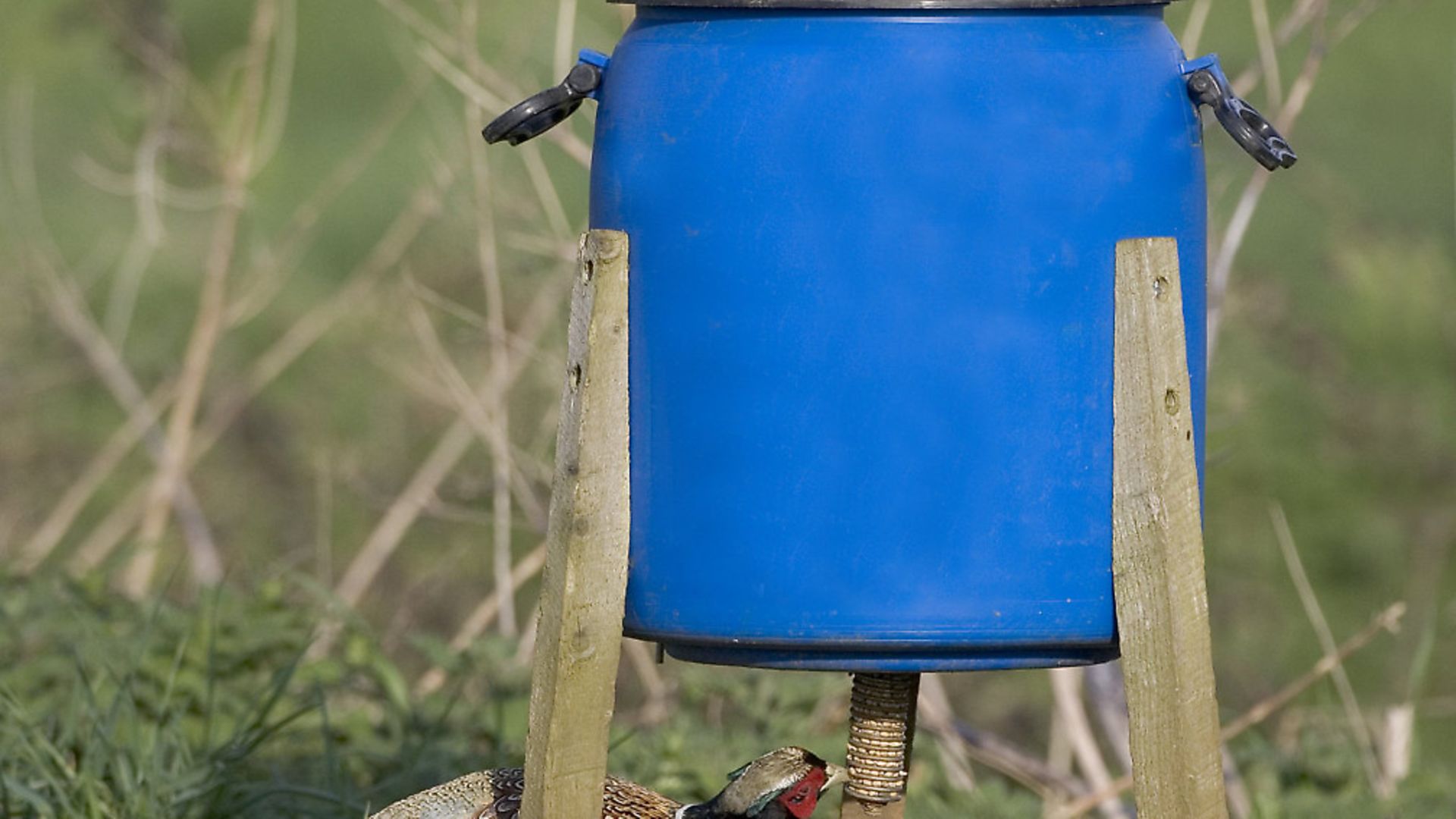Sound advice for gamekeepers on how best to hold their birds and ensure they are in the drives, not wandering off into next door’s property, come shoot day, from Tim Weston, NGO
 credit: Archant
credit: Archant
At this time of year all our pheasants are probably out of the pen and hopefully heading towards cover. For the part-time keeper, the long days are shortening slightly now, the Guns are all looking towards the shooting season, and the excitement of that first day is getting closer.
However, for the keeper this can be a time of worry – are the birds going to be in the drives? Have they all walked off the shoot? Will my neighbour have a bumper season at my expense? There are a few things you can do to help keep your pheasants where they should be, to help ease that worry as the season approaches.
 credit: Archant
credit: Archant
TAKE COVER
There are, of course, so many variables involved in holding pheasants on your shoot, many of which are out of your control (the weather and the direction that your woods face being the two that spring to mind). Unless you have some kind of mystical X-Men-type power there is no way you can control the weather (much like King Canute was unable to tame the tide), and if all of your woods face north and you have no other option you will struggle in the winter months.
So, to issue advice for this we are going to make some assumptions. We are going to assume that you have good game covers or habitats; this is the first step to holding pheasants. Pheasants like woodland with some open area where there is light, but will also want to be close to cover, so a good mix is required to keep them in the area. A nice mix of high and low shrubs and trees for roosting and hiding in is a must. A warm feed ride is also really important – pheasants like to feed in the open but close to cover so that they can get away from raptors and other predators. If you have a nice area for your pheasants then they will be happy and content, and a happy pheasant is one that stays put!
When you are planning your game cover you should work on a similar plan as you would for the woodland: the more varied it is, the better it is for the birds. If you are able to have blocks with differing covers then that is great. Brian Mitchell, the headkeeper at Castle Hill in Devon, grows some wonderful mixed blocks of cover with maize, miscanthus, kale and rough grass. Admittedly, these are large blocks, but Brian gives the pheasants all that they need in these cover strips and he really does know how to hold birds. The variety of plants combined with a feed ride satisfies the birds’ requirements, which are similar to those we spoke about with regards to woodland, and again makes them less likely to want to wander off. Woodland takes a long time to get right for game, and the Game and Wildlife Conservation Trust has produced some excellent advice on how to do it; but you should be able to get your game cover right in the first year.
Once you have got some perfect pheasant habitat you are halfway to holding your birds. Dogging-in is a major part of the process on some estates, but not all, and some syndicate shoots are not able to dog-in due to other work commitments. We will leave it that if you can dog-in when and where necessary, then you really should.
COMFORT FOOD
Most smaller shoots use hoppers to feed their pheasants. This is a tried-and-tested way and one that works really well, but feeding pheasants on the ground daily seems to hold them much better in the areas of the shoot where you actually want them. With a hopper, a pheasant can come along, peck at the spring, fill their crop and then go off for a good wander around. When you are ground-feeding they will need to stay in an area for a while to get the food that they need. This encourages them to make that space their daytime home. Make sure that you put only enough food down for the pheasants to eat, and don’t leave too much excess for the rats and squirrels.
You can also use specialised game-holding mixes, like those produced by Sportsman Game Feeds. Sportsman Game Holding Mix is an open mixture of cereals such as wheat, maize, sorghum and millet, together with a combination of higher protein raw materials such as peas and sunflower. This gives a distinctive, palatable, lower protein feed particularly suitable for feeding at release. The addition of an aniseed-based spice gives an attractive ‘nose’ which also helps prevent birds wandering.
A cheaper option, although it’s probably not as effective, is to use a flavored spray on plain wheat which will give the same ‘nose’ as the holding mix. For some reason, pheasants really do like the aniseed smell, and one of the very best sprays I have used comes from Brights Seeds. Liquid Easy Keep comes in a one-litre bottle and will treat one tonne of wheat – you simply spray it onto the wheat and either deposit it in your hopper or ground-feed it.
A word of warning! With all of these mixes and sprays it’s worth remembering that deer, rats, mice and squirrels all find the scent attractive, and you might lose more food to vermin than you would normally.